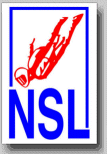
National
Skydiving
League
226 Pecan Street
Deland FL 32724
tel: (386) 801-0804
© 2003 - 2024
All Rights Reserved


226 Pecan Street
Deland FL 32724
tel: (386) 801-0804
© 2003 - 2024
All Rights Reserved

NSL News Coverage of the FAI Indoor World Cup 2024 |
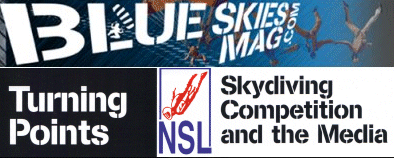
The NSL News coverage of the USPA Nationals was comprehensive and is still not over yet. The 4way competition in Dubai is over too, and the coverage is just as much not even close to being complete. However, Dubai was different since it was not a live coverage. German bronze medalist at the World Cup 2011 Max Thiele did his best to provide up-to-date information and received great feedback for his news service. It was still remote coverage by an active competitor in Dubai.
The live coverage of the USPA Nationals could not only provide more information and footage that made the event more tangible for the audience. It was also the first time for the NSL News that host and all media worked together like a team. The December story for the Blue Skies Mag gave media coverage at skydiving competitions more thoughts.
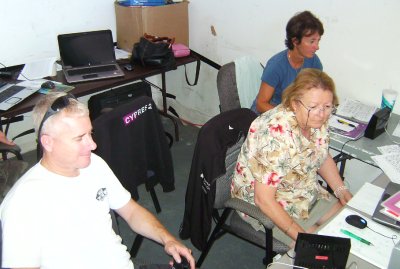
A few points still stick out, and they are important as they indicate steps towards an even better future for formation skydiving competition. The number of participating teams keeps growing, in the U.S. (65 4-way teams) as well as in other countries, like top challenger United Kingdom (55 teams).
Just as importantly: The USPA Nationals 2011 were the first I PC-sanctioned competition to apply new judging procedures, including slower viewing speed for the ever faster moving top 4-way teams. The National Skydiving League has been testing, evaluating, and recommending this technology for a few years at the annual Shamrock Showdown, together with USPA Chief Judge Judy Celaya and other first-class judges like Eric Heinsheimer, Rina Gallo, and Cherie Schuch. CamScore has provided the technology for years and demonstrated it at the Shamrocks and World Challenges of the past years, USPA and Omniskore now picked it up at the Nationals, and the results were stunning—although not surprising. Teams and competitors said last year that judging at the USPA Nationals 2010 was the worst ever. This year, they said it was the best ever. There is a very simple reason for that: The judges can see more when the viewing speed is slower.
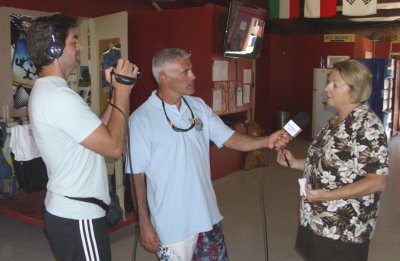
There was also more media coverage than ever before. Not from the mainstream media, which continues to ignore our most exciting sport as it always has, but the skydiving community has begun to help itself. The audience at home had the opportunity to follow comprehensive and colorful event coverage online, from their living room lazy chairs or during office breaks.
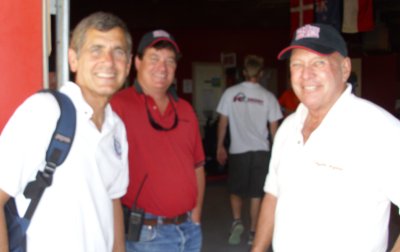
The audience could find scores at the Omniskore and NSL websites, and Jan Meyer had even set up an online streaming feed of live judging. NSL News provided the usual event feature stories with the popular "NSL Reality TV" coverage. Skydive-TV.com aired their own professionally edited pieces at the same time. In addition, there were several teams and competitors who posted their own personal experiences in blogs, on Facebook, or through other social media.
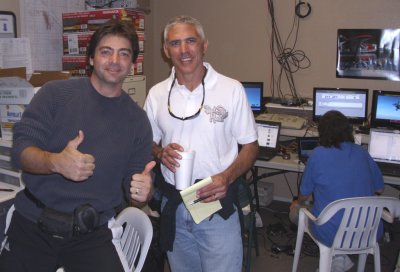
There is still one component that requires attention, and it is the most important one. The athletes, teams, and competitors have to get used to live media coverage at the events. Media coverage, including up close and personal live interviews, is nothing unusual in other sports, and those athletes are used to dealing with the media. The NSL News has touched on this topic in past years, and the footage produced by the "NSL Reality TV" camera has been popular and made the events more tangible.
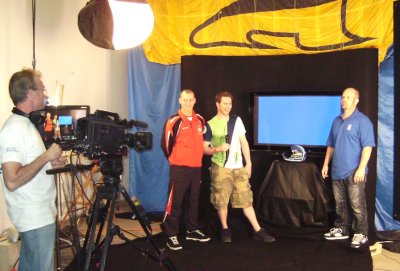
Actually, it does not have to be a conflict. The situation is similar to how it has been between host and media in past skydiving competitions. A hostile and odd environment does not help anybody, and both sides have found out that it can be very beneficial to work together. Media coverage can also be great fun for the athletes.
Let me speak as a competitor again. We have learned that you can get to peak performance level only if you can switch your mindset from relaxed to focused, effectively and at the right time. A conversation with a media guy can be casual and relaxed and does not have to interfere with the upcoming performance. In fact, the athlete's mind needs breaks from focusing on the actual performance; sport psychologists will confirm this. Live interviews can be great fun.
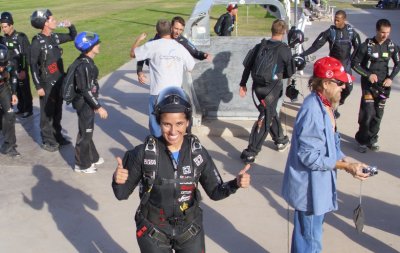
Some of the skydiving teams and competitors have already understood that media coverage is good for their own purposes and are available for questions—stupid and not so stupid—almost any time. They have also learned that it doesn't really hurt that much to work with them, and they relax in front of the camera and microphone. Fact is that the freefall footage alone can get boring after a while. The teams and competitors give the coverage the real life. Let's begin to remember this at the next event and learn how to be a media star...